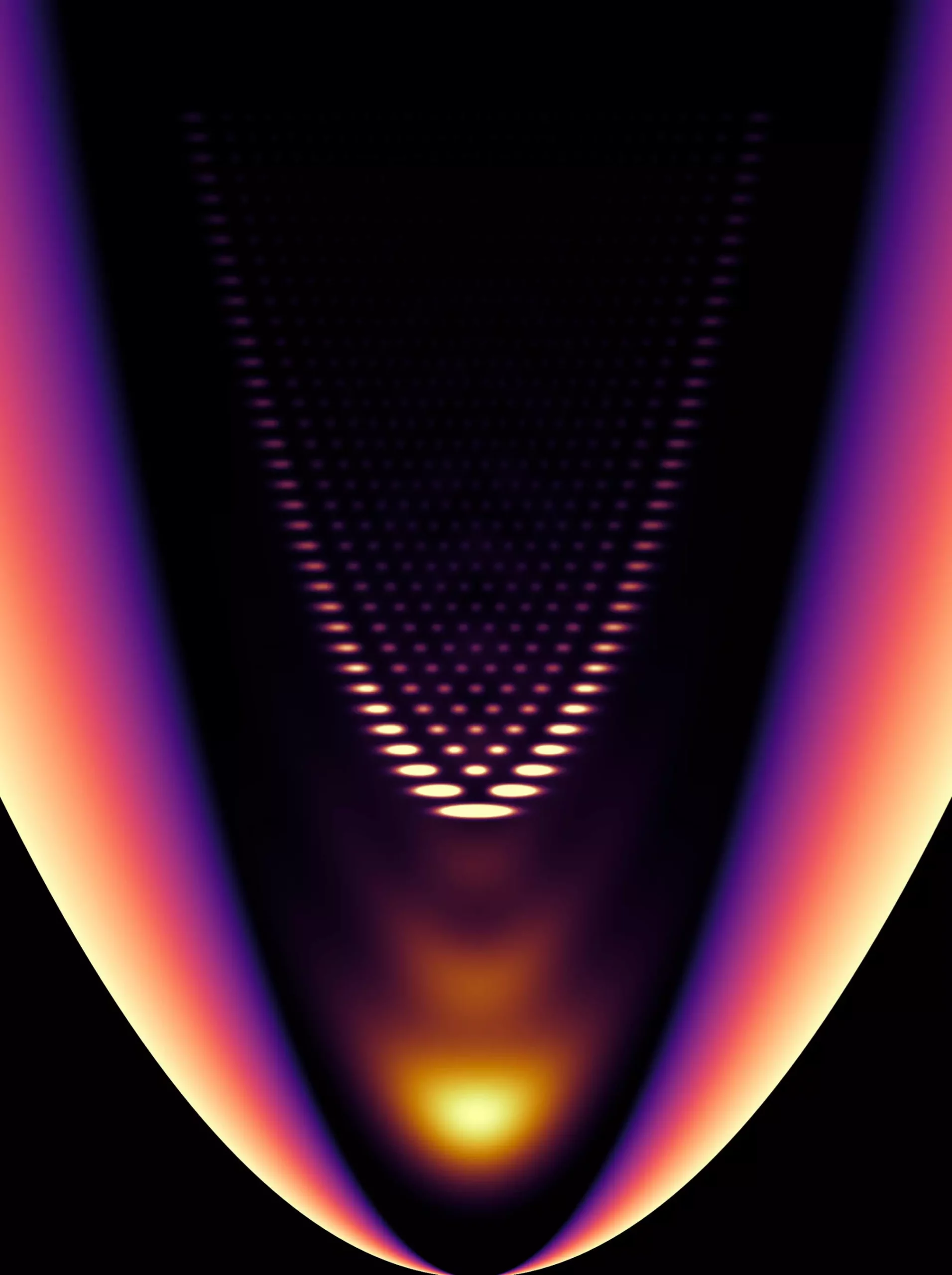Recent research by physicists at the University of Bonn and the University of Kaiserslautern-Landau (RPTU) marks an exciting development in the field of physics: the creation of a one-dimensional gas composed of light particles. By achieving this unprecedented state of matter, researchers can investigate theoretical predictions regarding this exotic phase and the quantum effects associated with it. The findings, documented in *Nature Physics*, stand to reshape our understanding of photon behavior at fundamental levels.
Imagine a swimming pool, previously tranquil, suddenly affected by an expulsion of water from a hose. In a broad expanse such as a pool, water will quickly disperse upon contact, creating an imperceptible ripple. In contrast, visualize directing that same stream of water into a narrow gutter; the water cascades upwards and manifests a distinct wave. Such behaviors—dictated by dimensional constraints—raise questions when applied to gases formed by photons. This analogy serves as an entry point to understand how researchers experiment with the notion of dimensionality in light gases.
Physicists have long sought to confine and manipulate light with precision. Dr. Frank Vewinger from the IAP highlights the necessity of concentrating photons in a limited space while concurrently cooling them. The process begins with a minute container filled with a dye solution, infused with energy from a laser. This interaction leads to a vast number of photons reflecting back and forth within the container. Each photon collision with a dye molecule sheds energy, contributing to the cooling process. Eventually, the photon gas condenses, reaching a remarkable state.
A crucial component of their methodology involved the design of the container’s reflective surfaces. Working alongside the research group led by Prof. Dr. Georg von Freymann, the team applied advanced structuring methods to these surfaces, introducing microscopically tiny protrusions. These protrusions, akin to the walls of a gutter, enable the researchers to influence how photons are trapped and condensed in one or two dimensions, fundamentally altering the gas’s behavior.
The dimensional characteristics of the photon gas are critical to understanding its properties. Researchers discovered that one-dimensional gases behave differently—specifically, in terms of thermal fluctuations. While fluctuations in two dimensions are minimal enough to maintain a stable gas state, one-dimensional gases exhibit pronounced disturbances. It is as if these fluctuations amplify, leading to substantial variances within the gas, causing parts of the system to behave dissimilarly. This phenomenon illustrates the essential deviation from traditional understanding, wherein a defined phase transition directly corresponds to temperature.
Unlike water freezing at zero degrees Celsius, one-dimensional photon gases lack a precise condensation point. Instead, the transition manifests as an increasingly imprecise phenomenon as the system becomes further constrained dimensionally. The implications here are not merely academic; they suggest a rich avenue for further exploration in quantum physics.
The findings from this research endeavor open the door to a range of applications, primarily within the realm of quantum optics. Understanding how one-dimensional photon gases behave under varying conditions could lead to innovations in technology, potentially influencing fields such as telecommunications or computation where control over light on a microscale becomes paramount.
The ability to manipulate light gases and study their transitional behaviors fosters a deeper comprehension of quantum mechanics. As scientists like Vewinger note, exploring these dimensional transitions is still in its formative stages, grounded in basic research. Still, the prospect of utilizing insights from photon gas behaviors to enhance or initiate new forms of technology is tantalizingly close.
The breakthroughs announced by the University of Bonn and RPTU researchers signify a pivotal moment in the exploration of light as matter. By creating one-dimensional photon gases and studying their unique characteristics, physicists are not only testing theoretical boundaries but also expanding the horizons of quantum optics. Although this remains foundational research, the potential implications are profound, hinting at a redefined future where quantum behaviors might be harnessed in practical applications, thereby pushing the frontiers of science and technology ever forward.


Leave a Reply